The word slavery conjures up images of a history we thought we put away. But slavery exists, in substantial numbers, in the supply chains of companies that sell goods to wealthy consumers around the world.
Most companies refer to the problem as ‘forced labor’ in the antiseptic language of corporate Codes of Conduct. Activists and analysts talk about modern-day slavery. If we use more analytical terms we might call it debt-bondage or wage theft.
The uncomfortable truth is that we are all implicated by our purchases, as slavery is a fact of the global economy. Multinational companies are legitimately uncomfortable being associated with slavery, but the real question is what they can do about it.
Resolving slavery in supply chains is not easy. No contemporary global corporation has chosen consciously to enslave people. Companies are implicated because they do business in a way that obscures the places their products come from, and the people who do their work.
Global corporations routinely use intermediaries to perform many vital business functions: manufacturing, sourcing, financing, hiring. They do this at myriad levels within their supply chain. The complexity means that companies often do not even know their exposure to egregious human rights violations like slavery. A relatively simple supply chain might look like this:
-
Cotton is picked, perhaps by children in Uzbekistan who are forced by police to leave school for the harvest.
-
This cotton might be traded to a Chinese firm which gathers material from a number of different countries.
-
The trader sells it to a Bangladeshi company that weaves it into fabric.
-
Fabric is sold to an apparel factory in India where it finally becomes something recognizable as a t-shirt.
-
A Hong Kong based agent might place an order in the Indian factory on behalf of a US retailer which has no direct contact with the factory.
Verité recently encountered debt-bondage in Tirupur, India at a manufacturer of t-shirts for export to the US. We conducted social audits of working conditions for a major US seller of t-shirts. In Tirupur, adolescent girls are routinely caught up in a well-known local scheme, under which they work for three years in expectation of a lump sum payment equivalent to $750 at the end of their term.
Their debt obligates them to the wishes of their bosses and the ‘brokers’ who got them the jobs, and until they are paid they are not free to leave. As a result of working under such conditions these girls – mostly 12-17 years old – are vulnerable to sexual harassment and even forced prostitution.
Slavery is not only a function of the poorly-regulated labor markets of the developing world. As Verité has demonstrated in our report Help Wanted, a well-respected farmer in the western United States supplied certified organic products to Whole Foods Market. He hired temporary seasonal workers through a Farm Labor Contractor (FLC) to supplement his regular staff. The FLC housed the workers in a fenced-in, decrepit housing compound without drinking water, and kept them under constant surveillance. He used threats of violence and deportation and large deductions for food, housing, transport, tools, and smuggling fees to keep workers in debt bondage. During the day they picked produce, some of it organically certified.
Though resolution of slavery is complicated, companies are not powerless. Here are some of the most important steps that companies and others can take to rid themselves of supply chain slavery:
First, they must assess the risk that raw materials they use in their goods might be slave-produced. The US Department of Labor issued a list of goods made with forced and child labour last year based on extensive research. The list is also available as a graphic presentation by Anti-Slavery International.
Second, companies must assess working conditions not just at the top of their supply chains, where goods become branded, but at lower tiers where the risk of slavery is greater. They must ensure that suppliers to their suppliers have the same social responsibility standards as top tier companies.
Third, companies must ensure that their own hiring practices, and those of the suppliers, don’t contribute to forced labor. Verité has worked with electronics manufacturers to help them hire migrant workers directly, rather than relying on labor brokers, as workers often enter debt-bondage to pay brokers. Where suppliers or farms use third party labor brokers to hire migrants, companies must ensure that they conduct social audits that can illuminate conditions faced by those migrants. Verité’s Help Wanted report outlines the red flags that indicate a high risk of forced labor.
Fourth, multinationals must collaborate to resolve slavery. They must work with other consumer brands in their sector, and also with the full range of intermediaries, like the traders and the textile manufacturers described above. Slavery in commodities like cotton can only be addressed through collaborative action. NGOs can support this change by including supply chain intermediaries in their activism, not just the consumer brands who are the usual targets.
Fifth, consumers and NGOs must be willing to acknowledge when companies demonstrate real and measurable progress towards reducing forced labor. Doing so will help bring more companies to the table, which in turn will improve conditions for millions of exploited workers, including those currently suffering in the supply chains of multinationals.
Companies can resolve slavery in their supply chains. They have to be willing to acknowledge it, to hold their suppliers accountable, to change their own business practices, and be transparent with the public about the problem.


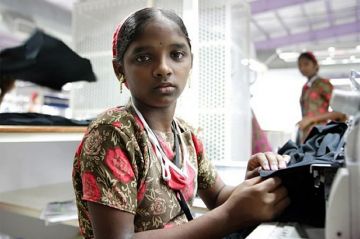



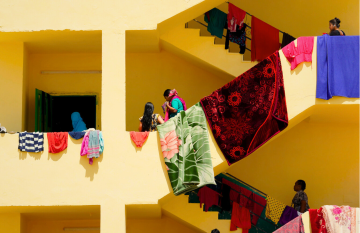

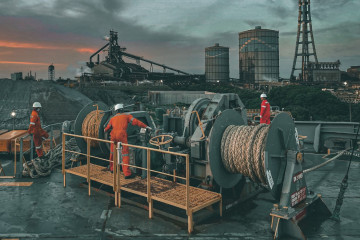
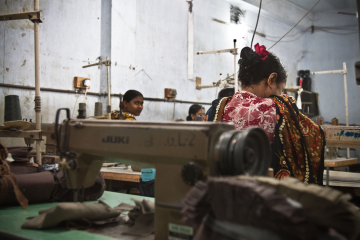

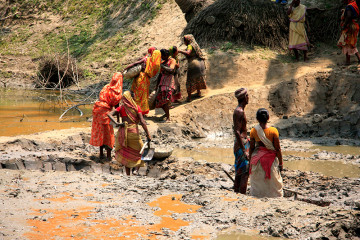
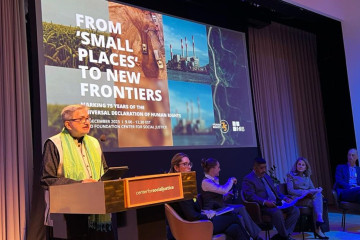
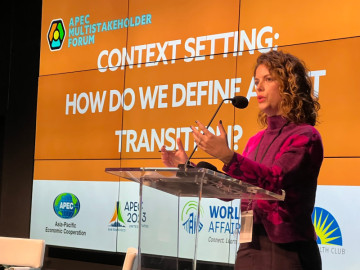
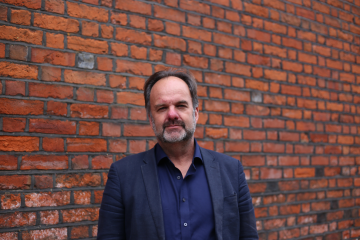
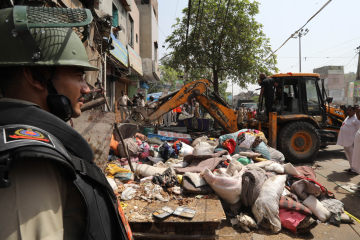
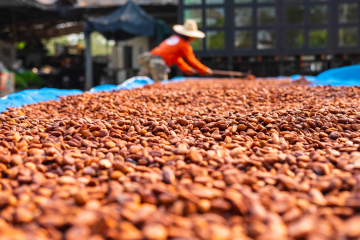


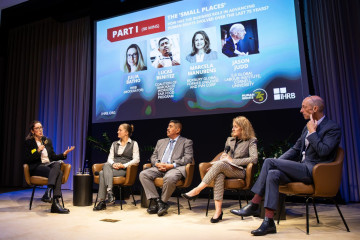
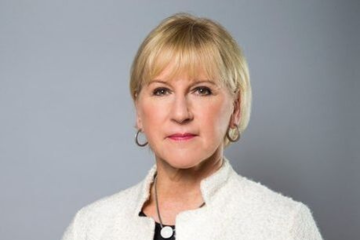
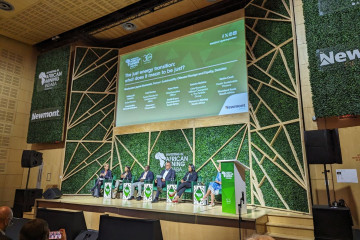


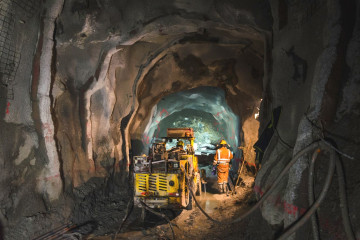




How should businesses respond to an age of conflict and uncertainty?
As 2024 began, European Commission President Ursula von der Leyen aptly summed up our deeply worrying collective moment. As she put it, speaking at the annual World Economic Forum in Switzerland, we are moving through “an era of conflict and...
26 March 2024 | Commentary
Commentary by Scott Jerbi, Senior Advisor, Policy & Outreach, IHRB